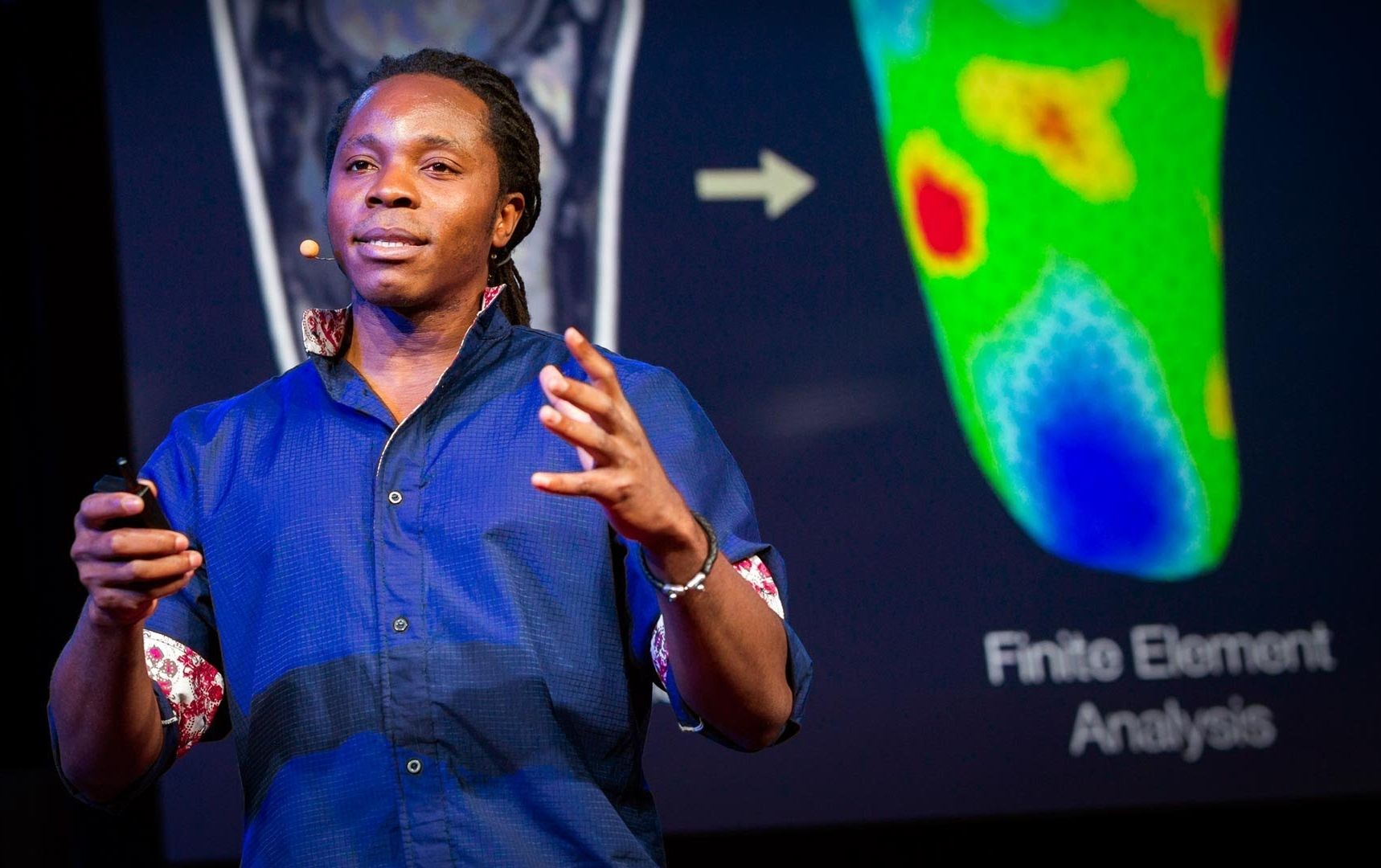Jan 28, 2016
Archelis–Wearable Chair
Posted by Shailesh Prasad in categories: biotech/medical, wearables
Wearable Chair is now A THING that helps surgeons through long hours of surgery. Actually, much more can be done.”

Wearable Chair is now A THING that helps surgeons through long hours of surgery. Actually, much more can be done.”
A lot of folks who know me well; knows that I donate my time and expertise to help with the various cancer foundations such as the National Esophageal Cancer Foundation. Esophageal Cancer is one form of cancer not often caught in time due to its symptoms. However, researchers have developed a 3D Stent that is simply amazing and is bringing a lot of hope for so many. Technology and medicine together is an amazing team.
I cannot wait to share this with the foundation’s president; she lost her husband only 2 years ago to this deadly cancer, I lost a cousin, and 2 years ago doctor’s removed a lesion from my esophagus. I cannot express enough to folks (especially younger folks; this is truly a silent killer and it hits all ages (20s, 30s, 40s, and 50s). And, once you ever have a lesion or cancer; you must be diligent in your follow ups no matter what.
 Pretty much everyone I know, myself included, has lost someone to cancer, many of them far too young. Finding a cure for cancer is the lofty, ultimate goal for medical researchers, and people like to fantasize about the day when the headline suddenly appears in the paper: “Cure for Cancer Found!” No more deaths from the disease, no more painful, drawn-out treatments – just a shot or a pill that can eliminate cancer as easily as clearing up an ear infection.
Pretty much everyone I know, myself included, has lost someone to cancer, many of them far too young. Finding a cure for cancer is the lofty, ultimate goal for medical researchers, and people like to fantasize about the day when the headline suddenly appears in the paper: “Cure for Cancer Found!” No more deaths from the disease, no more painful, drawn-out treatments – just a shot or a pill that can eliminate cancer as easily as clearing up an ear infection.
Continue reading “3D Printed Stent May Soon Give Hope to Esophageal Cancer Patients” »
Virtual Healthcare & IMSHealth is a major player in this service offering. Healthcare and clinic in your own home.
The University of Southern California Center for Body Computing has teamed with 8 partners to launch a Virtual Care Clinic. The idea with VCC is to create an integrated approach to the use of mobile apps, “virtual” doctors, artificial intelligence, data collection and analysis, as well as diagnostics and wearable sensors to create truly on-demand healthcare.
The partners involved in this effort are peer-reviewed clinical trial database startup Doctor Evidence, drug data resource IMS Health ($IMS), consumer design firm Karten Design, HIPAA-compliant cloud platform Medable, video creator Planet Grande, sensor-enabled pill startup Proteus Digital Health and vision player VSP Global.

What drove David Sengeh to create a more comfortable prosthetic limb? He grew up in Sierra Leone, and too many of the people he loves are missing limbs after the brutal civil war there. When he noticed that people who had prosthetics weren’t actually wearing them, he set out to discover why — and to solve the problem with his team from the MIT Media Lab.
TEDTalks is a daily video podcast of the best talks and performances from the TED Conference, where the world’s leading thinkers and doers give the talk of their lives in 18 minutes (or less). Look for talks on Technology, Entertainment and Design — plus science, business, global issues, the arts and much more.
Continue reading “David Sengeh: The sore problem of prosthetic limbs” »
Research is edging us closer to a cure for type 1 diabetes, with encapsulated insulin producing cells that could last for years — ending daily injections
Over 400,000 in the UK alone live with type 1 diabetes, and daily injections are far from a ‘cure’ for the condition. Although these have saved millions worldwide, they’re inaccurate in comparison to the body’s own finely tuned insulin producing cells. This leads to progressive damage and complications.
The wonders of cell therapy
Continue reading “Breakthrough Diabetes Cell Therapy Could Be A Game Changer” »
Cancer is a mysterious disease for many reasons. Chief among the unknowns are how and why tumors form.
Two University of Iowa studies offer key insights by recording in real time, and in 3-D, the movements of cancerous human breast tissue cells. It’s believed to be the first time cancer cells’ motion and accretion into tumors has been continuously tracked. (See accompanying videos.)
The team discovered that cancerous cells actively recruit healthy cells into tumors by extending a cable of sorts to grab their neighbors—both cancerous and healthy—and reel them in. Moreover, the Iowa researchers report that as little as five percent of cancerous cells are needed to form the tumors, a ratio that heretofore had been unknown.
An international team of researchers has developed a new algorithm that could one day help scientists reprogram cells to plug any kind of gap in the human body. The computer code model, called Mogrify, is designed to make the process of creating pluripotent stem cells much quicker and more straightforward than ever before.
A pluripotent stem cell is one that has the potential to become any type of specialised cell in the body: eye tissue, or a neural cell, or cells to build a heart. In theory, that would open up the potential for doctors to regrow limbs, make organs to order, and patch up the human body in all kinds of ways that aren’t currently possible.
It was Japanese researcher Shinya Yamanaka who first reprogrammed cells in this way back in 2007 — it later earned him a Nobel Prize — but Yamanaka’s work involved a lot of labourious trial and error, and the process he followed is not an easy one to reproduce. Mogrify aims to compute the required set of factors to change cells instead, and it’s passed its early tests with flying colours.
As recently as 50 years ago, psychiatry lacked a scientific foundation, the medical community considered mental illness a disorder of the mind, and mental patients were literally written off as “sick in the head.” A fortunate turn in progress has yielded today’s modern imaging devices, which allow neuroscientists and psychiatrists to examine the brain of an individual suffering from a mental disorder and provide the best treatment options. In a recent interview, Columbia University Psychiatry Chair Dr. Jeffrey Lieberman stated that new research into understanding the mind is growing at an accelerated pace.

(iStock)
Lieberman noted that, just as Galileo couldn’t prove heliocentrism until he had a telescope, psychiatry lacked the technological sophistication, tools, and instruments necessary to get an understanding of the brain until the 1950s. It wasn’t until the advent of psychopharmacology and neuroimaging, he said, that researchers could look inside the so-called black box that is the brain.
“(It began with) the CAT scan, magnetic resonance imaging (MRI) systems, positron emission tomography (PET scans) and then molecular genetics. Most recently, the burgeoning discipline of neuroscience and all of the methods within, beginning with molecular biology and progressing to optogenetics, this capacity has given researchers the ability to deconstruct the brain, understand its integral components, its mechanisms of action and how they underpin mental function and behavior,” Lieberman said. “The momentum that has built is almost like Moore’s law with computer chips, (and) you see this increasing power occurring with exponential sort of growth.”
Continue reading “How Technology Changes the Way We Diagnose and Treat Mental Illness” »
